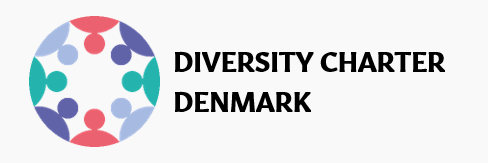Nordea’s Rainbow Parental Leave
Many LGBT+ family structures are not equally considered under the current parental leave regulations. At present, co-parents in rainbow families are only entitled to 14 days of leave and have no right to additional parental leave (www.bm.dk).
With the new parental leave model coming into effect in August 2022, mothers and fathers will have equal rights and the opportunity to share and transfer leave. But for LGBT+ families, the reality is different. Rainbow family constellations will not be able to transfer part of the leave to close family members or social parents until January 1, 2024 (www.bm.dk).
Nordea has taken matters into its own hands.
With a new HR policy implemented in June 2021, Nordea ensures equal parental leave for all employees — regardless of family structure. This means that rainbow families can share parental leave between multiple parents — both birthing and non-birthing.
As Pia Kirk, Diversity and Inclusion Master Expert at Nordea, puts it:
“The core of this HR policy is the mindset of inclusion.”
HR Policy Beyond the Law
This initiative goes beyond the laws in the countries where Nordea operates. Even though Danish legislation does not yet provide equal leave for rainbow families as it does for “traditional” family structures, Nordea steps in and covers the difference to make it possible.
Nordea continues to position itself as a frontrunner, and this initiative is just one part of its broader diversity and inclusion efforts. While it’s still too early to see the full outcome of the initiative, Nordea has received only positive feedback so far.
What Can Your Company Do?
We asked Pia how other companies can begin working on diversity and inclusion.
“Diversity and inclusion aren’t achieved through one-off actions. It’s first and foremost important to get the basics in place — for example, HR policies. The company must ensure that inclusive language is used in these policies and that no bias appears.”
Nordea also has employee-led groups that focus on topics such as LGBT+, people with disabilities, age diversity, gender equality, and cultural differences across Denmark, Finland, Norway, Sweden, Estonia, and Poland.
“We’re constantly working to increase awareness of diversity and inclusion in the bank and have developed a range of guidelines and tools for this purpose. We’re also continuously improving our employee processes, including recruitment and talent management, to ensure equal opportunities and inclusion,” Pia explains.
Nordea has recently put extra focus on how unconscious bias can affect us and is training their leaders to recognize it.
“We want diversity and inclusion to be at the core of everything we do — and everyone must take ownership. Whether it’s top-level leadership, our management styles, or employee engagement — top-down or bottom-up — this concerns all of us,” Pia concludes.
Translated from Danish to English by Foreningen Lige adgang.
